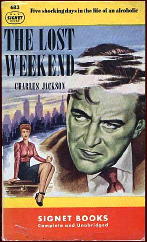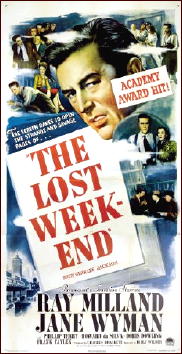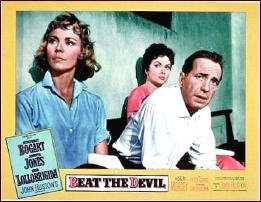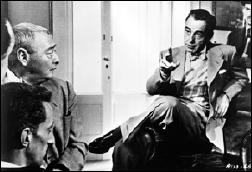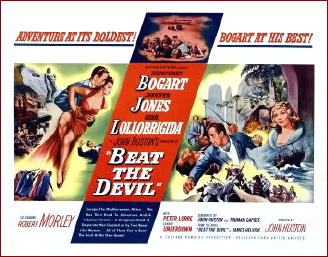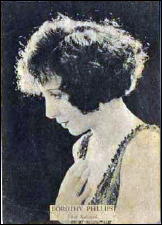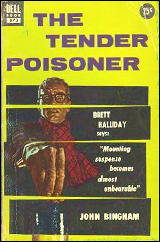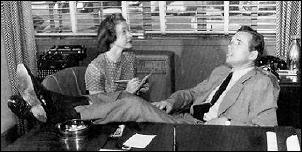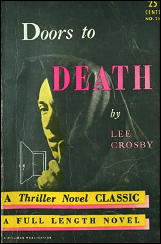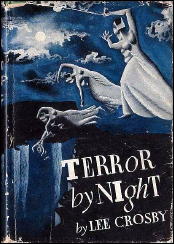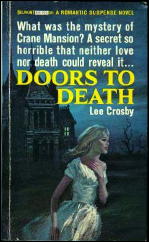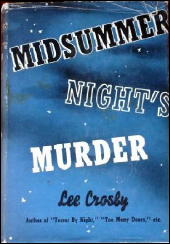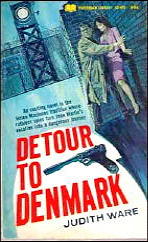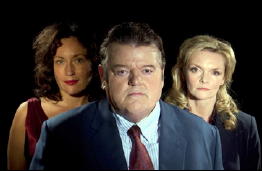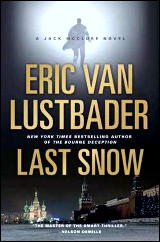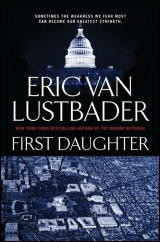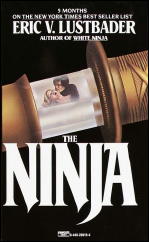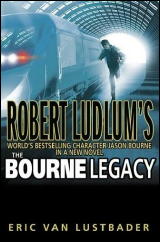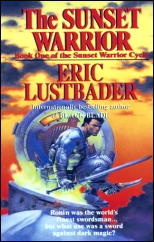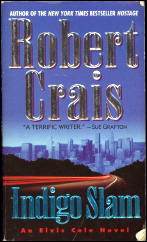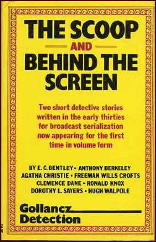ROGER TORREY – The Bodyguard and Other Crime Dramas. Black Dog Books; trade paperback; 1st printing, 2009. Introduction by Ron Goulart.
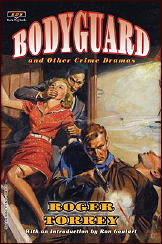
Roger Torrey is probably not the first name you’d come up with if you were to start listing some well-known writers who wrote for the detective pulp fiction magazines, but in his day, he was one of the more prolific ones, and he traveled in high circles, with a considerable amount of his output in the 1930s being for one of the most prestigious of them all, Black Mask.
Torrey wrote nearly 50 or so stories for that particular magazine, beginning in 1934 and continuing on to 1943, and one wishes that some of those could have been included in this particular collection. But alas, no. Even though this is a strikingly handsome volume, small press operations such as Black Dog Books do not have large budgets, and from all appearances the stories herein are all in the public domain.
The magazines these stories were reprinted from, such as Romantic Detective, Private Detective and Super Detective, were not even of the second rank, as far as pulp magazines went. More like third or even fourth level, counting downward. Prestigious publications they were not.
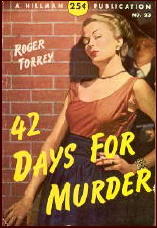
I am sorry to have to tell you this. But not all is lost. Bodyguard is a handsome volume, as I mentioned before, and the stories that are in it were certainly among the best of the magazines they were in.
Most of Torrey’s leading characters were private eyes, also a great big plus as far as I am concerned, but only a few of them have well-heeled clients or work for a big agency and have a steady job. Most of them seem to be struggling along in life as well as everybody else who inhabit these tales, and sometimes their clients have less money on hand than they do.
One gets the feeling that Torrey’s characters live in the other end of town, and the stories he tells are earthier and closer to the ground than some of those by his contemporaries. One of the stories has a scene that is more than slightly risque, but otherwise the leading characters and the women they meet in these stories do what ordinary people do, casually but behind closed doors. Lots of hints, in other words, but nothing more than that.
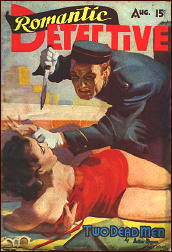
The detective in “Two Dead Men” (Romantic Detective, August 1938) is a fellow named John Linehan, who in the course in telling this story reveals, without quite saying so, for example, that he’s been stepping out with his secretary on more than one occasion. It also is telling that she’s quite jealous when Lineham seems to be spending too much time in close proximity to a lady friend of his client, as they travels from party to nightclub and back again with his client and her boy friend.
It seems as though she’s being blackmailed (her boy friend already has a wife) by someone who knows far too much about her, including the fact that she and the aforementioned boy friend were sharing a hotel room right next to one that from which a dead man jumped, falling not feet from Lineham, not working for Miss Morrison at the time.
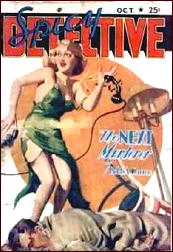
It is a wonder that Lineham can solve the case, what with all of the heavy drinking that goes on in this story, but solve it he does. I’m not as sure of the “why” as he is, but I agree with the “who.” But readers of Romantic Detective were not so much interested in the detective end of things, I presume, and Torrey delivers what it was they were looking for.
Story number two is “Cook to Order” (Spicy Detective, October 1939), told by private eye George Andrews, who’s asked by a waitress in a place where he eats to find out what’s been bothering her roommate. Turns out that that’s just a ploy to get him over to her apartment, but as it turns out again, there actually is a case for “Andy” to solve.
The plot is far too complicated for a story only ten pages long. The picture of tough living, dingy hash houses and bare-bones living quarters will stay with you a whole lot longer.
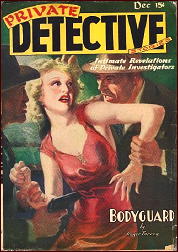
The title story, “Bodyguard” (Private Detective, December 1938) is one of the longer tales in the collection, almost forty pages long. It doesn’t mean that it’s one of the better ones, I admit, but it has it moments.
The bodyguard in question is William Dugan, who hired by a man of some wealth when some threats against his life have escalated into actual shots being taken at him. To my mind, Bill is not much of a bodyguard, although in all honesty the beating death of a gardener can’t be held against him, since the incident happened before he showed up.
Nor can the shooting of a deputy sheriff, since the man was hardly one of the family. But when the throat of one of Miles’s two daughters is found with her throat slit, you’d think he might be fired on the spot, but he manages to keep his job until the case is solved.
The dead girl was the pure in faith one; the other, a honey blonde with the morals of a tramp is the one who’s all over Bill — picture one guy with a stiff arm out to stave off her advances, and you’ve got our detective pictured to a T. And naturally Angela is more than jealous when Bill takes up with the other good-looking woman who’s recently come to town — a platinum blonde who claims to be a reporter, but her newspaper has never heard of her.
Bill checked — one of the better moves he makes.
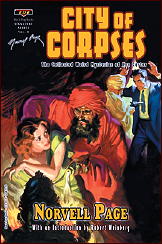
This is as far I’m going to go. I’m sure you have the idea. There are eight more stories in this book, and I enjoyed them about as much as I did these first three. None of them is as good as Dashiell Hammett or Raymond Chandler, and maybe they’re not even half as good. On the other hand, who is?
PostScript. Two more things. There is, first of all, a well-done checklist of all of Torrey’s pulp fiction that fills the last dozen pages of this book. (Torrey wrote only novel in his career — he died in early 1946 of acute alcoholism– that being 42 Days for Murder, published first by Hillman-Curl in 1938.)
Secondly, if you are a pulp fiction fan of any vintage, old or new, you should also go visit the Black Dog Books website. They have a large number of other collections like this one already out or coming soon, including the one just above and to the right, and I recommend all of them to you very highly.
